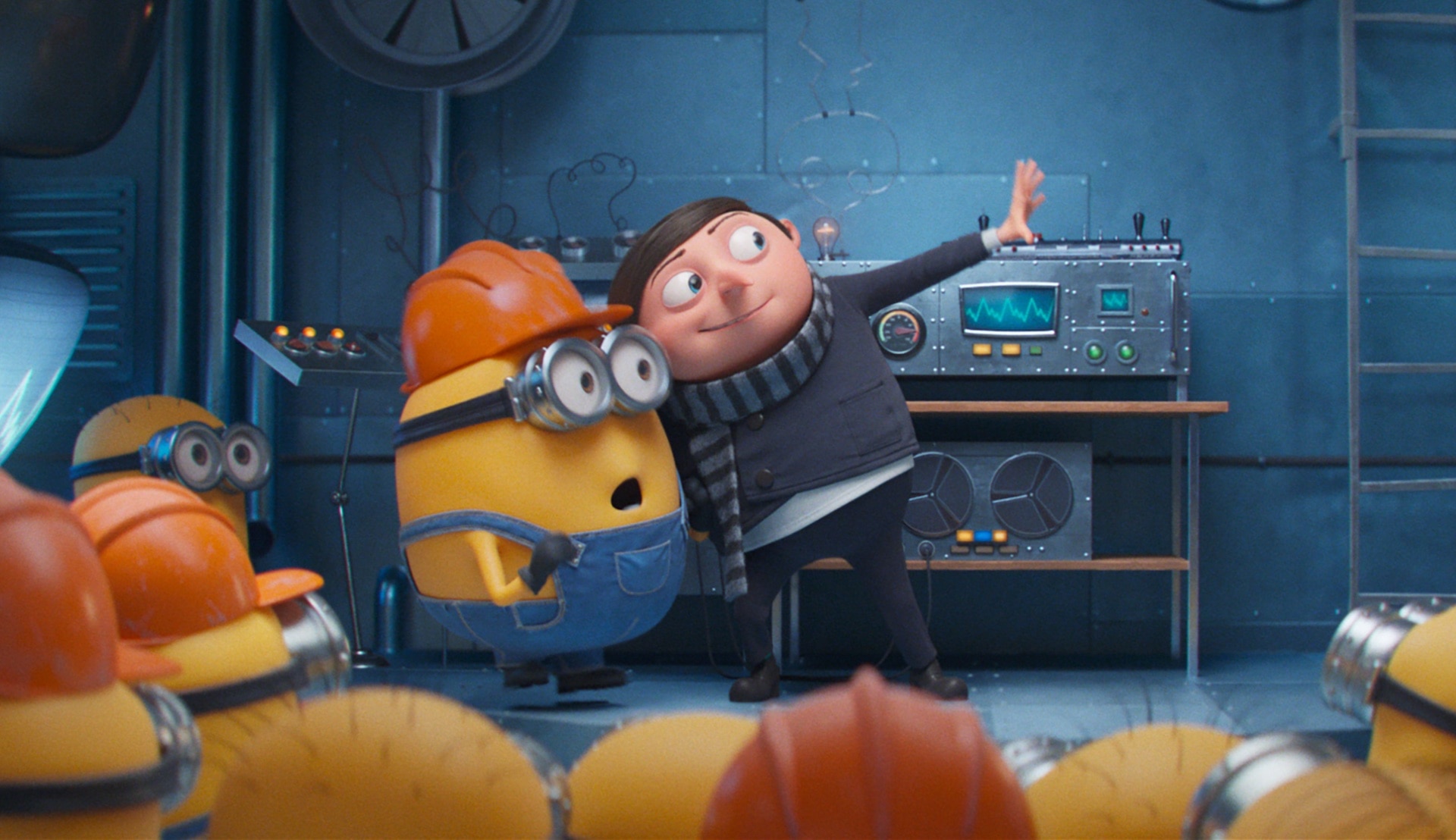Create a free profile to get unlimited access to exclusive videos, sweepstakes, and more!
Scientists Want to Tether a Global Sunshade to a Meteor; Here's Why
A giant umbrella, tied to an asteroid, to block out the Sun and slow down climate change.

Listen, we all daydream about stealing the Moon or blocking out the Sun every now and then. Fortunately, that sort of villainous behavior is usually reserved for super-baddies and their Minions (streaming now on Peacock, by the way!) and not the sort of thing you see in the real world. Unfortunately, climate scientists and engineers might be reduced to dastardly, planet-changing plans in order to mitigate the worst consequences of climate change.
István Szapudi, a researcher at the Institute for Astronomy at the University of Hawaii has revealed a plan to block out the Sun using a giant space umbrella tied to an asteroid. Szapudi’s not-a-doomsday-plan was published in the Proceedings of the National Academy of Sciences.
Engineering Solutions to Climate Change
The general wisdom is that in order to stop or reverse the effects of climate change, we need to attack the problem at its source. Our problems were caused by dumping too many greenhouse gases into the environment and stopping that deluge is the only way we’re going to fix them. That said, there is growing concern that we’re not acting quickly enough, and climate engineering might buy us a little breathing room while we get our atmospheric ducks in a row.
RELATED: Can We Fix Global Warming by Cooling Earth's Poles?
Global climate change is driven by the interactions between excess greenhouse gas and solar radiation. The idea behind climate engineering is to reduce the amount of solar radiation we’re receiving while we figure out a more long-term solution. Scientists and engineers have proposed a number of potential solutions ranging in complexity from painting rooftops white to covering deserts with mirrors or seeding the sky with reflective particulates. Regardless of method, every plan has the same end goal: reducing the amount of sunlight that hits the planet and sticks around.
Szapudi’s plan takes the fight off planet, to block out the Sun on its own turf, using a massive solar shade parked between the Earth and the Sun. The giant space umbrella would be parked at Earth’s L1 Lagrange point, a point in space between the Earth and the Sun that is relatively gravitationally stable. While the math checks out, there are some considerable challenges with drawing the planetary shades.
Blocking the Sun with the Help of an Asteroid
The biggest roadblocks for a plan of this kind all have to do with mass. Launching anything into space takes a lot of energy (not to mention money) and we’d need a truly gargantuan sunshade to block out enough of the Sun to make a difference. Making a shade large enough for our purposes is one challenge, but the weight of the shade is also important.
At L1, a sunshade would be pulled between a mix of competing forces. There’s the gravity of the Earth and the Sun, largely balanced out at Lagrange points, but there’s also the force of the solar radiation itself. As solar particles hit the shade, they’ll push on it like wind in a sail. For our space umbrella to work, all of those forces need to be nicely balanced, and the only way for that to happen is if the umbrella is super massive. Way too massive for us to launch with existing technologies.
Szapudi’s plan reduces the weight of the shade by about two orders of magnitude. Put another way, it weighs only about 1% the weight of previously proposed solar shades. Szapudi’s shade gets the rest of its mass by tying itself to a space rock, either an asteroid or material gathered from the Moon. That reduces the weight of the payload we’ll need to launch while keeping the end product heavy enough to stand against the Sun.
It gets us closer to a sunshade in space, but not close enough. Even at 1% the weight, the shade would still be too heavy to launch on even our most robust rockets. Moreover, we don’t yet have materials strong enough to tether the shade to an asteroid. New developments in materials science could result in stronger, lighter materials capable of shading the planet, but probably not in the foreseeable future. We might just have to fix climate change the old fashioned way.
We could probably pull it off with a few thousand diminutive yellow assistants. Minions is streaming now on Peacock!



























